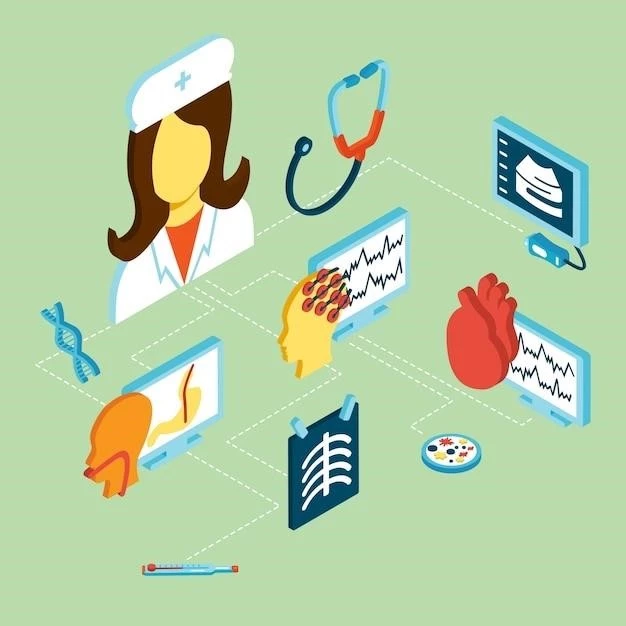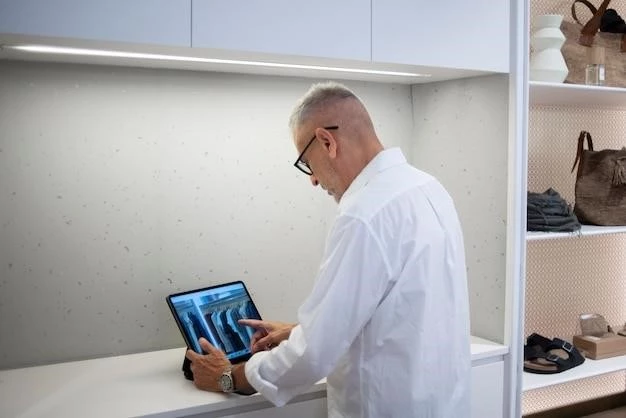The healthcare landscape is undergoing a profound transformation driven by the rapid advancement of technology, particularly in the realm of wearable devices. These devices, ranging from fitness trackers to sophisticated medical sensors, are revolutionizing patient monitoring and diagnosis, ushering in a new era of personalized and proactive healthcare. This article delves into the multifaceted impact of wearable technology on patient care, exploring its benefits, challenges, and future potential.
Enhanced Patient Monitoring and Data Collection
Wearable technology empowers continuous and real-time monitoring of vital signs, providing healthcare providers with an unprecedented level of insight into patients’ physiological states. These devices can track:
- Heart Rate: Wearable heart rate monitors provide continuous data on heart rhythm, enabling early detection of arrhythmias, tachycardia, and bradycardia. This information is crucial for managing cardiovascular health and identifying potential emergencies.
- Blood Pressure: Wearable blood pressure monitors offer a convenient and non-invasive way to track blood pressure fluctuations throughout the day, facilitating early identification of hypertension and enabling better management of medication regimens.
- Blood Glucose Levels: Continuous glucose monitors (CGMs) are revolutionizing diabetes management by providing real-time data on blood sugar levels, allowing patients to make informed decisions about insulin dosage and diet.
- Activity Levels: Fitness trackers monitor steps, distance, calories burned, and sleep patterns, providing valuable insights into physical activity and sleep quality, crucial for promoting healthy habits.
- Sleep Patterns: Wearable sleep trackers can monitor sleep stages (REM, light, and deep sleep), duration, and sleep quality, aiding in the diagnosis and treatment of sleep disorders.

Early Disease Detection and Proactive Management
The continuous stream of data collected by wearable devices enables early detection of disease symptoms and potential health risks. By identifying subtle changes in vital signs or activity patterns, these devices can alert healthcare providers to potential issues long before they manifest as overt symptoms. This proactive approach to healthcare can lead to:
- Reduced Hospitalization: Early detection and intervention can prevent the escalation of health problems, potentially reducing the need for hospitalization and associated costs.
- Improved Treatment Outcomes: Timely identification of health issues allows for more effective treatment strategies, leading to better patient outcomes and reduced complications.
- Enhanced Patient Engagement: Wearable technology empowers patients to take a more active role in managing their health, leading to increased adherence to treatment plans and improved self-management.

Challenges and Limitations
Despite the numerous benefits, wearable technology also presents challenges and limitations:
- Data Accuracy and Reliability: The accuracy and reliability of data collected by wearable devices can vary depending on factors such as device quality, user adherence, and environmental conditions. Ensuring data quality is crucial for accurate diagnosis and treatment decisions.
- Data Security and Privacy: The collection and storage of sensitive health data raise concerns about privacy and security. Robust safeguards are essential to protect patient information from unauthorized access.
- Data Interpretation and Analysis: The vast amount of data generated by wearable devices requires sophisticated algorithms and analytical tools for interpretation and extraction of meaningful insights.
- Regulatory Framework: The regulatory landscape for wearable medical devices is evolving rapidly, and clear guidelines are needed to ensure the safety and efficacy of these devices.
Future Directions
The future of wearable technology in healthcare is brimming with possibilities:
- Integration with Artificial Intelligence: AI algorithms can analyze data from wearable devices to identify patterns and anomalies, leading to more accurate diagnoses and personalized treatment plans.
- Remote Patient Monitoring: Wearable devices can facilitate remote patient monitoring, allowing healthcare providers to track patients’ health status and intervene remotely, reducing the need for frequent clinic visits.
- Personalized Medicine: Wearable technology can contribute to personalized medicine by providing insights into an individual’s unique physiology and response to treatments, enabling tailored healthcare plans.
- Development of New Devices: Research and development are continuously pushing the boundaries of wearable technology, leading to the emergence of new devices with enhanced capabilities and functionalities.
In conclusion, wearable technology is transforming patient monitoring and diagnosis, empowering healthcare providers to deliver more personalized, proactive, and effective care. While challenges remain, the potential of these devices to improve health outcomes and enhance patient well-being is immense. As technology continues to advance, we can expect even more innovative applications of wearable devices in the future, ushering in a new era of healthcare that is data-driven, personalized, and patient-centric.










